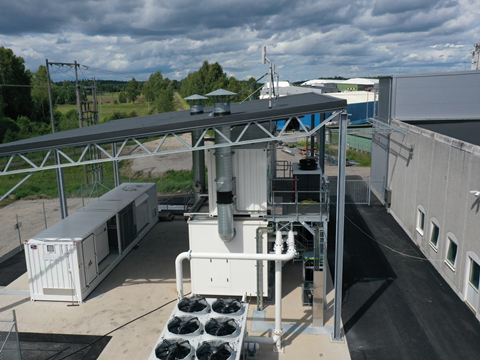
At its facility in Limmared, Ardagh Glass Packaging-Europe – an operating business of Ardagh Group – is using a hydrogen electrolyzer to produce green hydrogen for melting glass, apparently saving 70 tonnes of CO2 since October.
The 5MW Proton Exchange Membrane (PEM) is a hydrogen electrolyzer that splits water into hydrogen and oxygen via renewable electricity. In doing so, it supplies hydrogen to the energy mix and results in a partly hydrogen-fired glass furnace.
Testing of the electrolyzer began in October. Since then, it claims to have successfully combusted 109,000m3 of hydrogen produced onsite, which apparently translates to 70 tonnes of CO2 saved.
“The testing phase using the hydrogen energy mix is progressing well, with no impact on the quality of the glass or the furnace,” said project manager Daniel Johansson. “Our target is to replace 20% of the natural gas in the furnace with green hydrogen, which will reduce carbon emissions from our glass packaging produced in Limmared.”
CEO Martin Petersson added: “Replacing a proportion of the natural gas with green hydrogen in the furnace represents a step change in the way we sustainably produce glass packaging.
“The future combination of hydrogen and other sustainable technologies such as hybrid melting, will help Ardagh Group and our customers to achieve their emissions reduction targets, as well as advancing the decarbonisation of the glass industry.”
Plug Power previously installed five-megawatt electrolyzers into plants owned by Ardagh Glass, Hydro Havrand, and the APEX Group. The move intended to unlock the use of industrial-scale green hydrogen in glass manufacturing, aluminium recycling, and steel manufacturing processes, with Ardagh Glass foreseeing the production of 2.1 metric tons of green hydrogen every day by the end of 2023.
In other news, Ardagh Glass’ NextGen Furnace in Obernkirchen, Germany – previously nominated for a Sustainability Award under the Commercialized Climate category – reports the use of 60% electrical heating so far. Its production process is believed to have saved around 18,000 tonnes of CO2 since the start of the year – and, based on an LCA calculation from January to June 2024, it is said to have reduced carbon emissions by 64%.
If you liked this story, you might also enjoy:
The ultimate guide to the Packaging and Packaging Waste Regulation in 2024
How are the top brands progressing on packaging sustainability?
Sustainable Innovation Report 2024: Current trends and future priorities
Everything you need to know about global plastic sustainability regulation

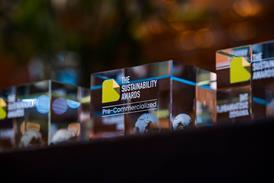
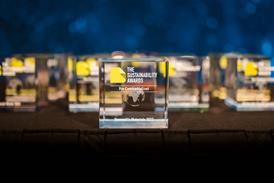
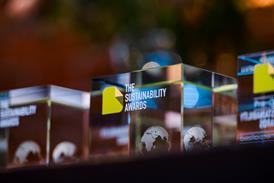
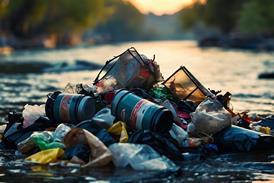













No comments yet